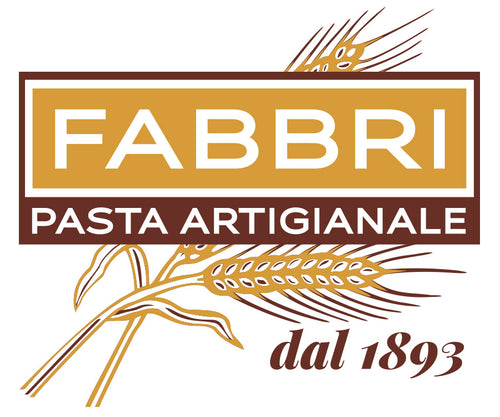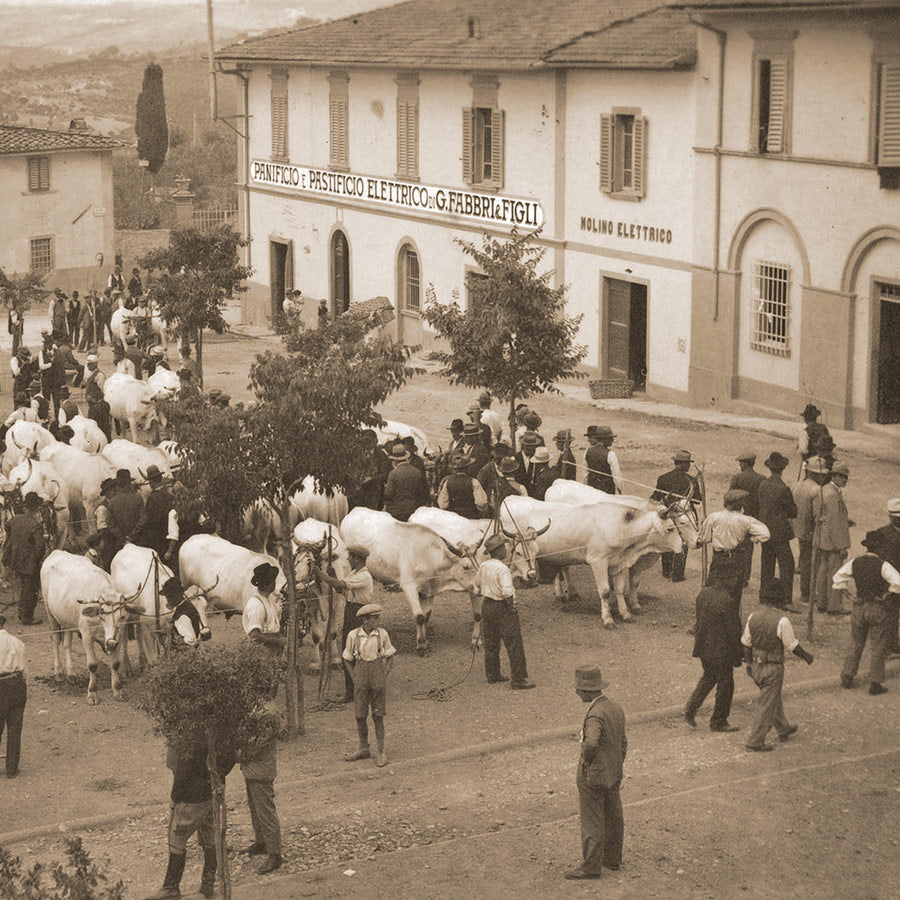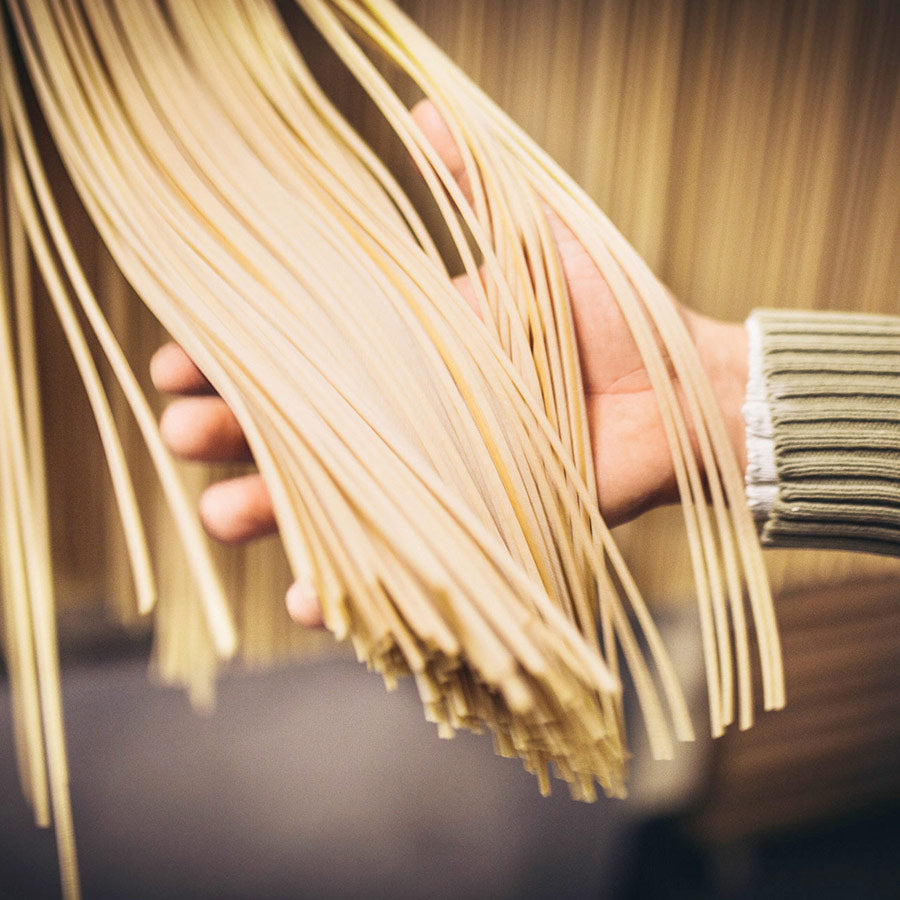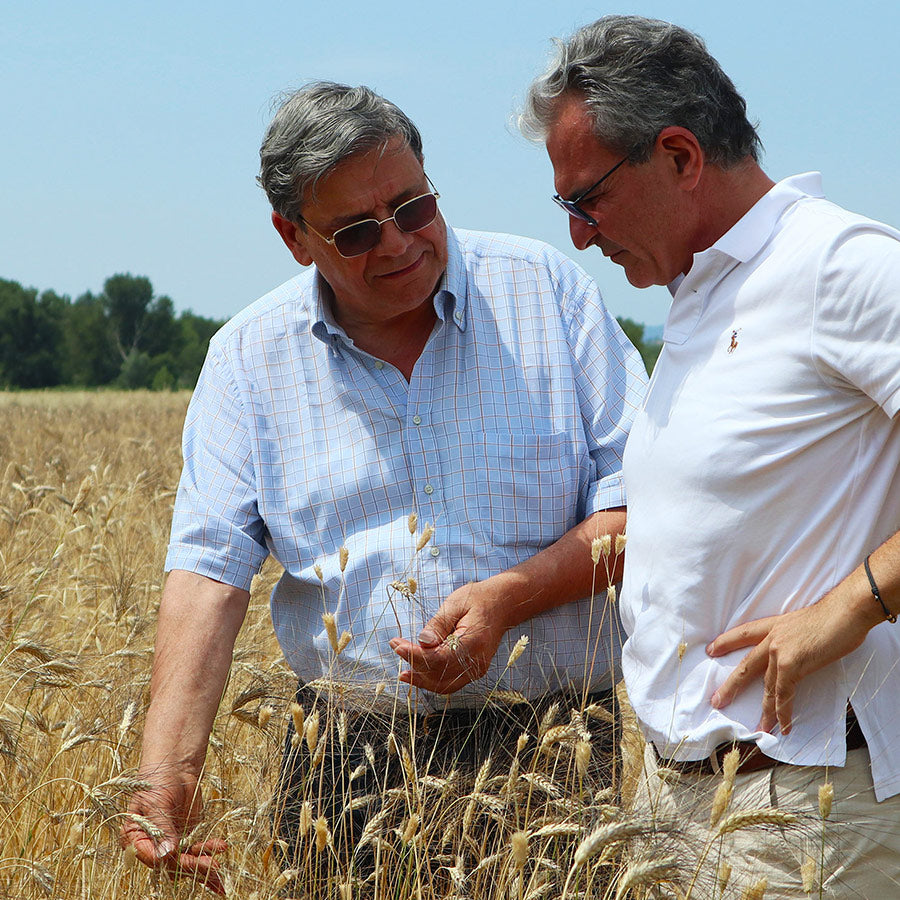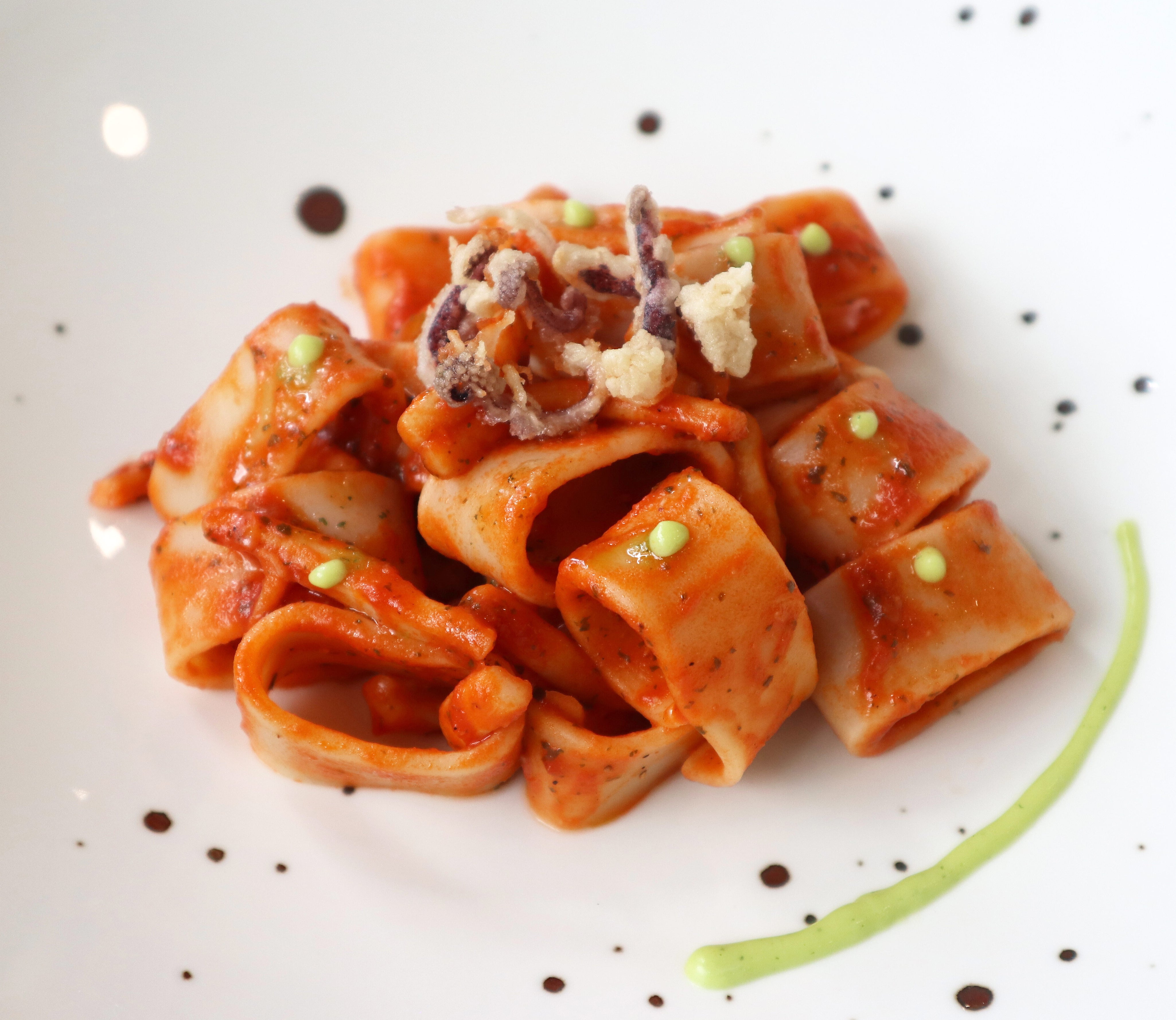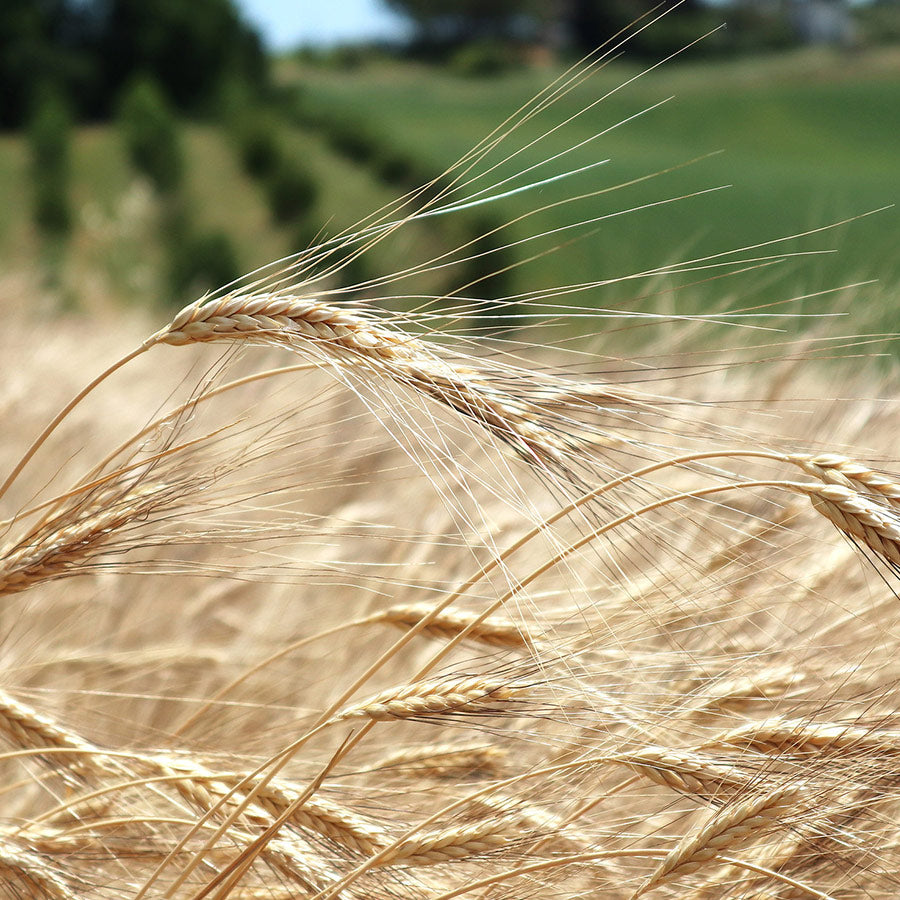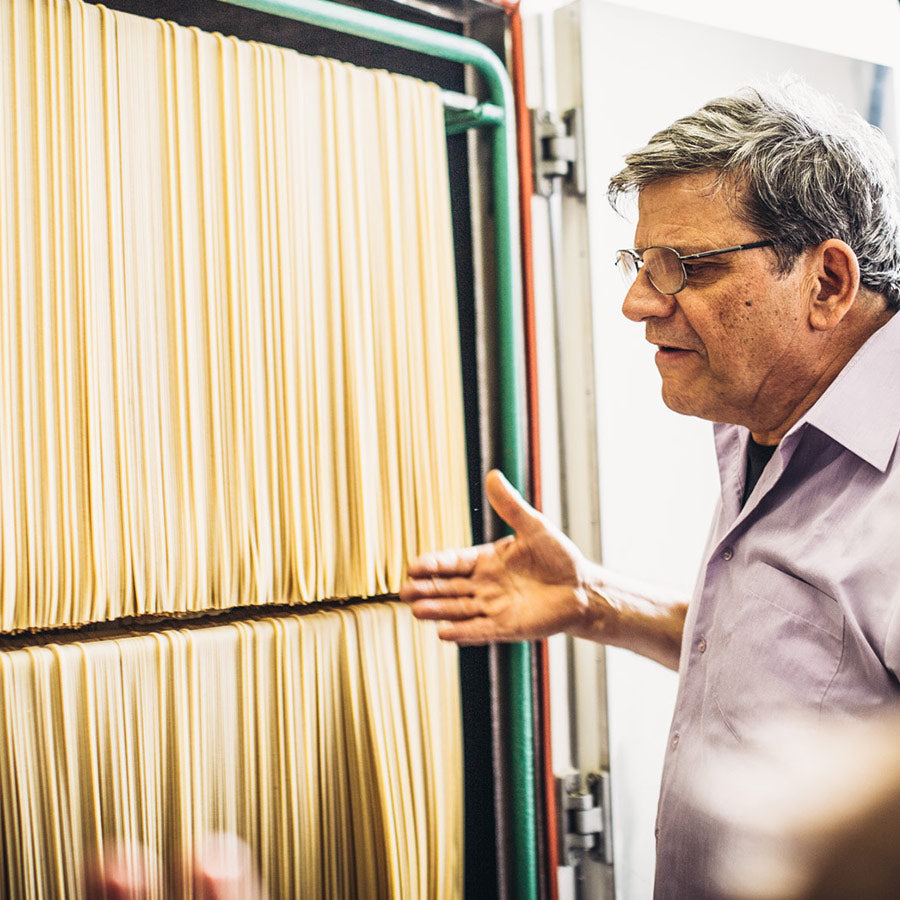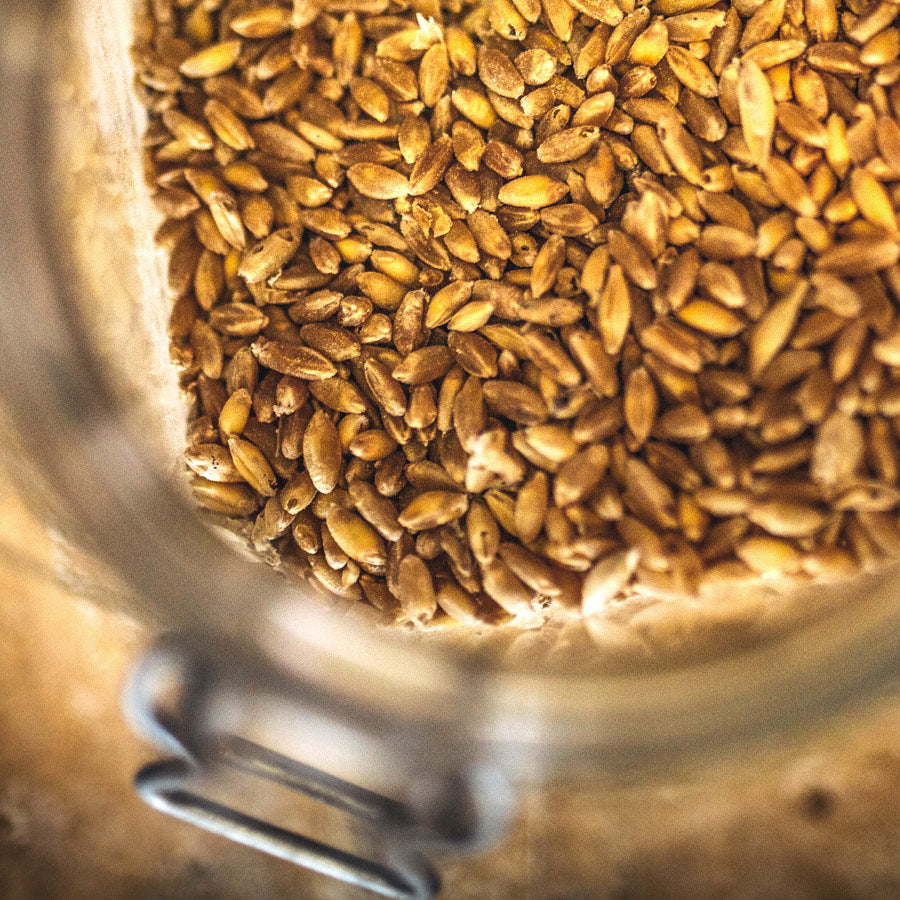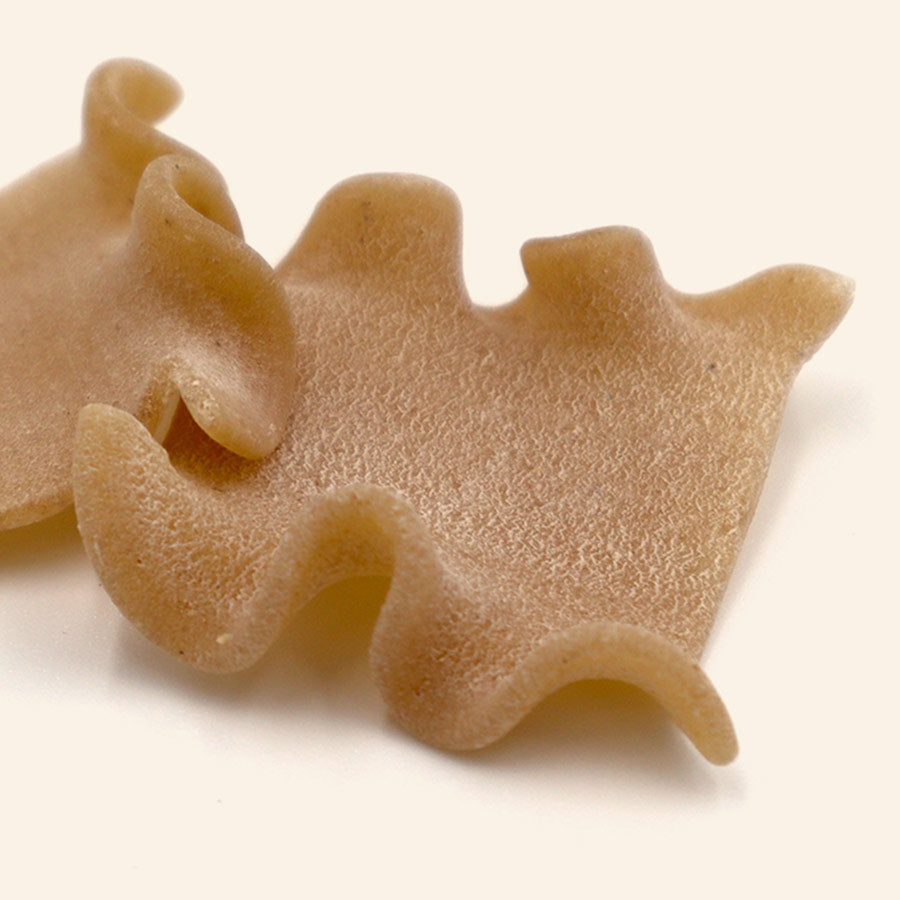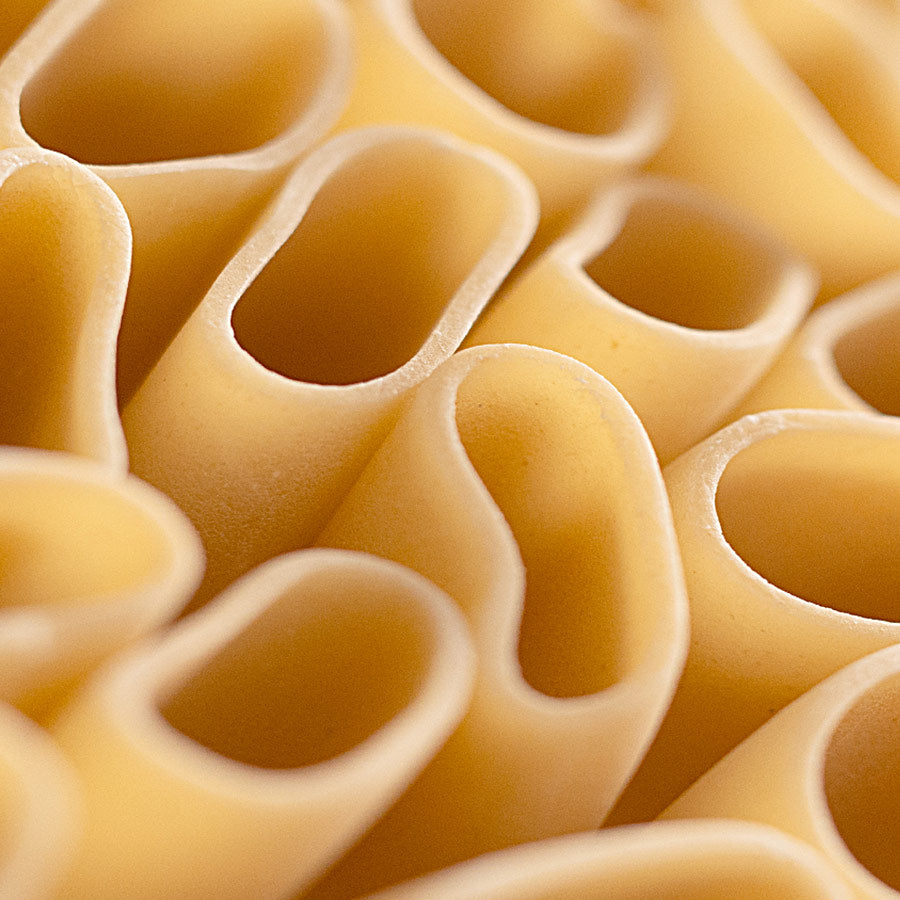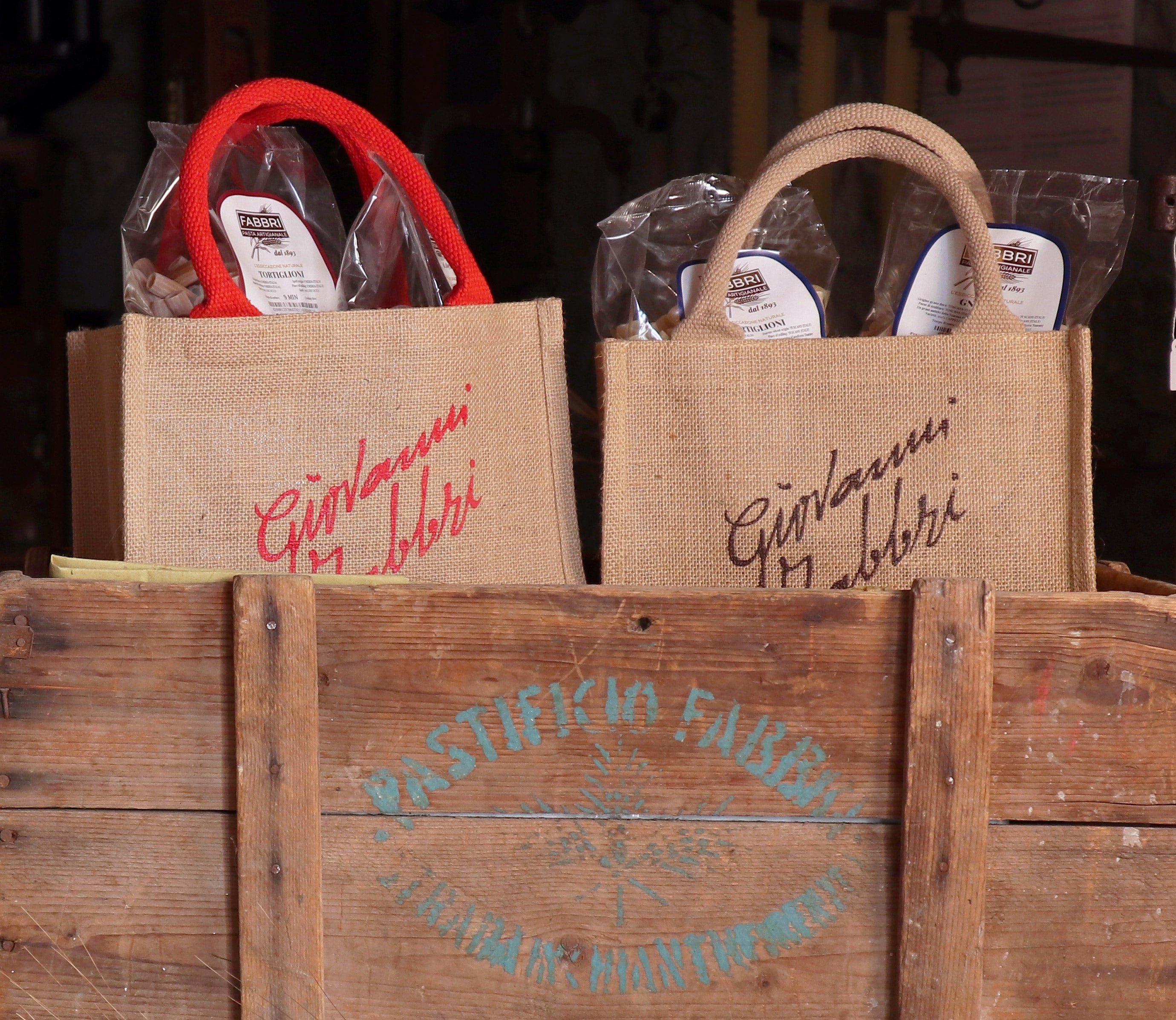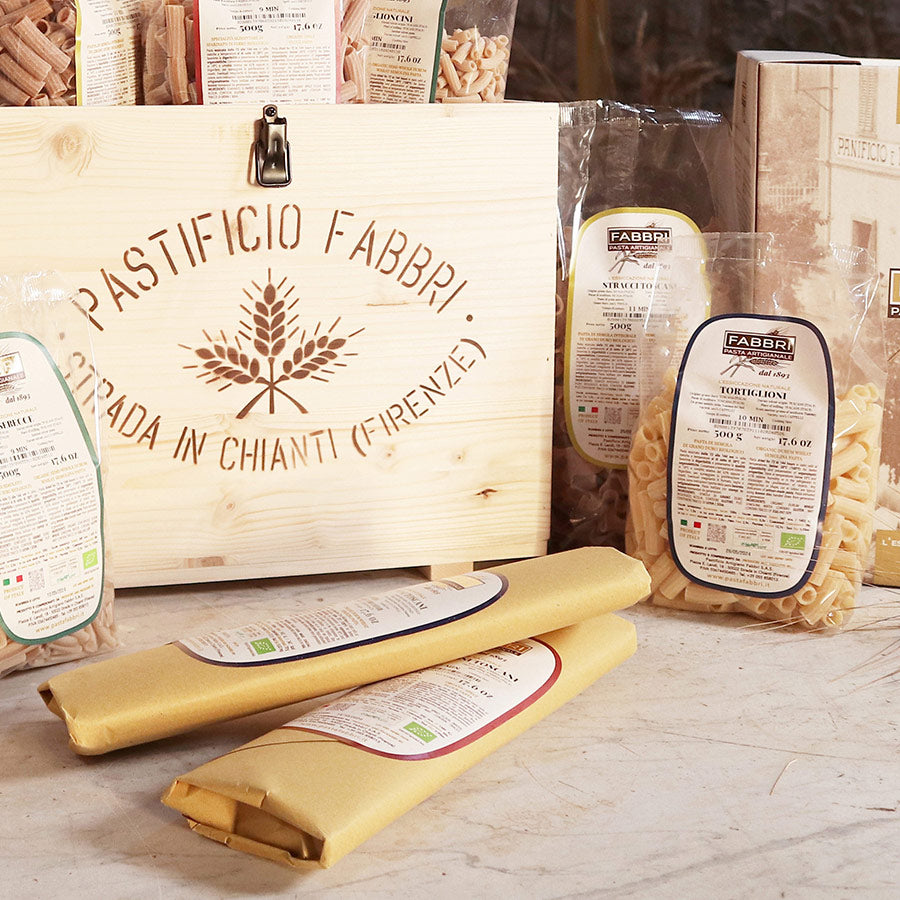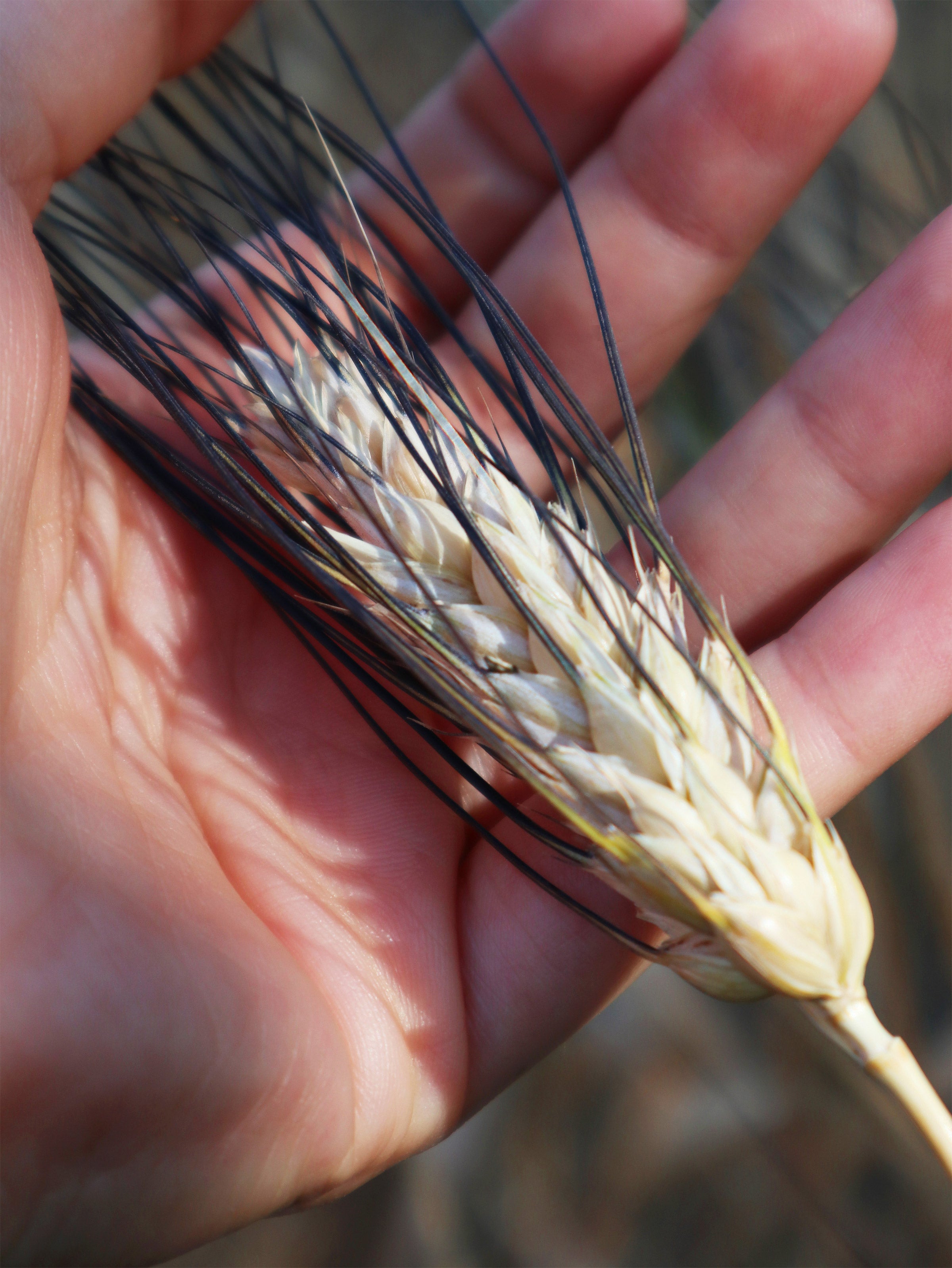
Organic whole semolina pasta 100% Timilia wheat
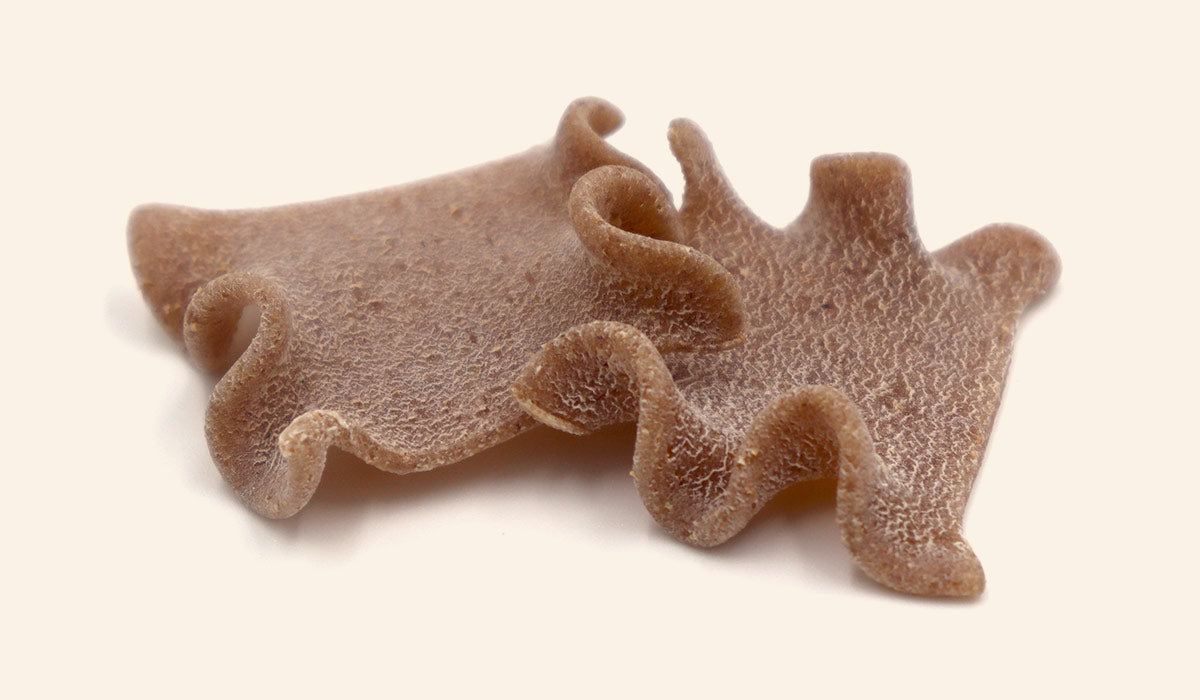
Although it contains bran, the most fibrous part of the wheat grain, Timilia is very delicate and is also called "false durum wheat" . In fact in Sicily, in addition to pasta, they also produce pizzas and bread, precisely because of its delicacy, despite being part of the durum grains.
Timilia wheat is processed by the Mills of Ponte di Castelvetrano (Sicily) , millers for generations and expert connoisseurs of typical Sicilian grains. It is one of the mills that committed itself to bringing the milling of ancient grains into production at a time when the industry was focusing more on the high yield of the raw material, neglecting quality.
Type of wheat: Ancient Italian durum wheat (Triticum durum)
Wheat kernel: It contains semolina + semolato + the inner
noble part and the outermost portion of the husks. It also contains more external fibre than the husk, increasing the feeling of satiety.Compliant with Italian Presidential Decree 187/2001, here is the integrity scale:
- Ash index: 1.40 < 1.80 (amount of fibre remaining in the wheat after milling)
- Maximum humidity: 14.50%
- Minimum proteins: 11.50
Wheat composition: Monovarietal 100% organic Timilia variety
Origin: SicilyCooking time: +15% compared to semolina
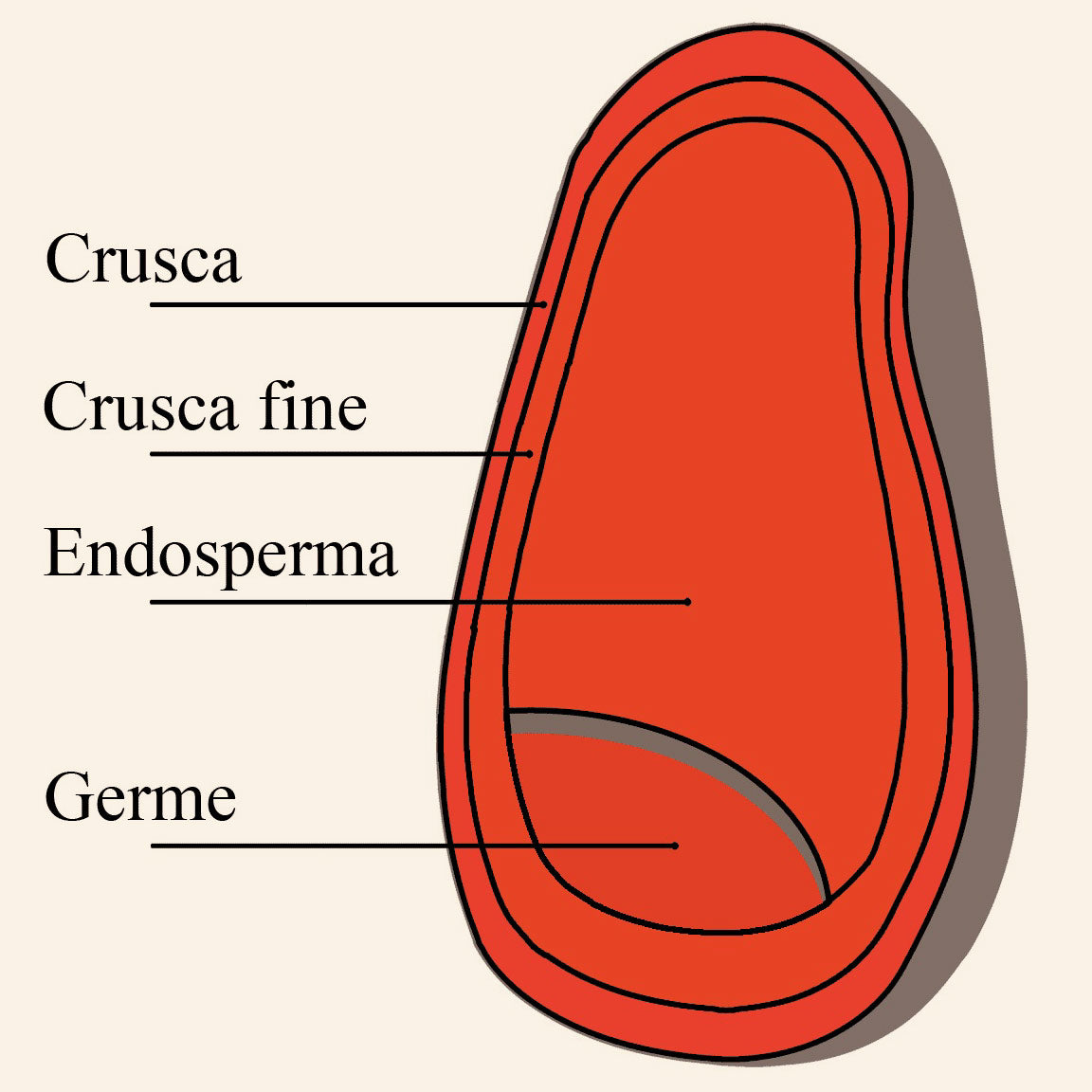
Four lines of organic pasta
Pastificio Fabbri offers four lines of artisanal organic pasta, of which three are wheat and one is spelt.
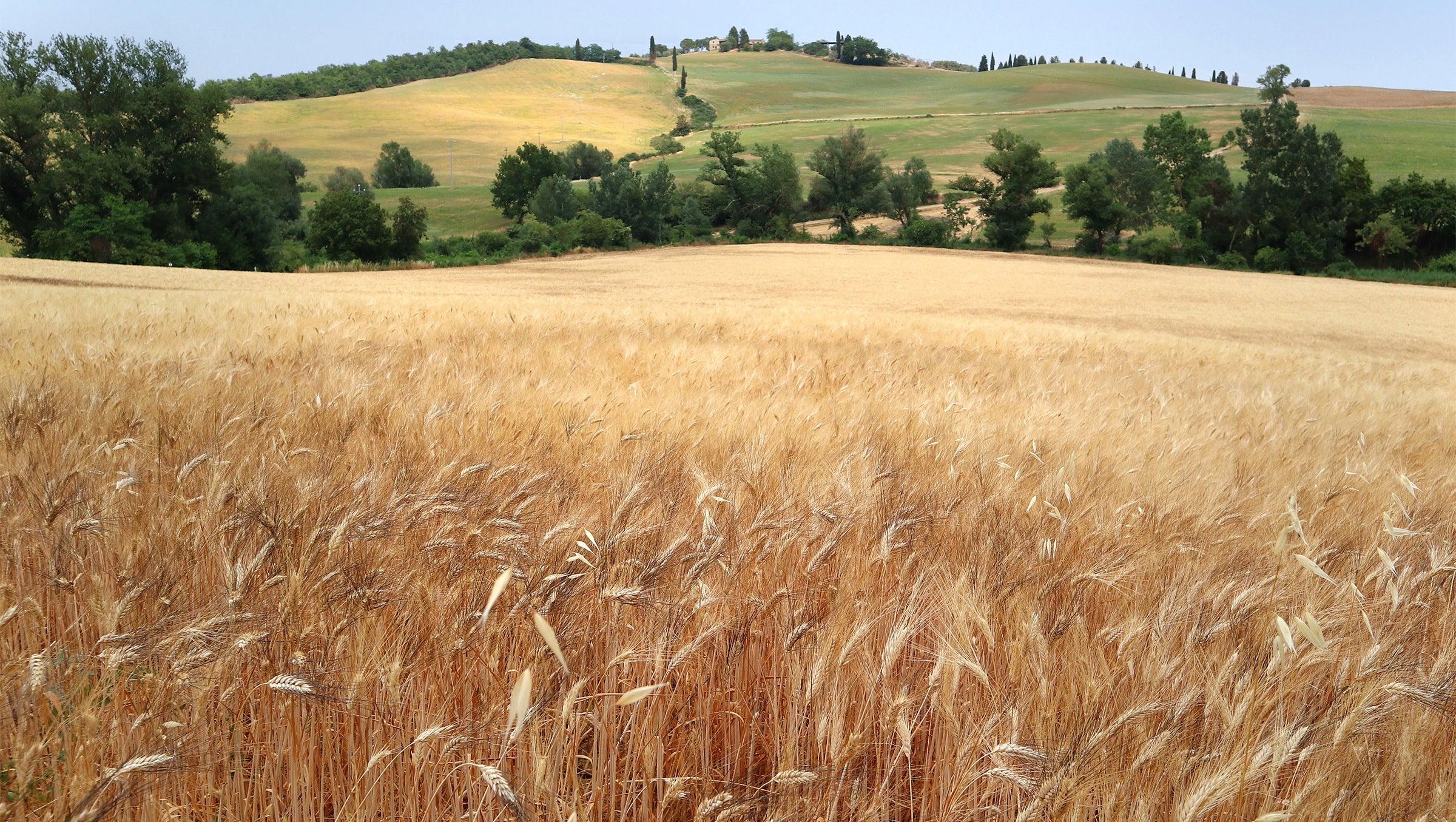
Natural drying
The Fabbri method
100% Italian organic ancient grains and delicate, bronze-based pasta making
Our production is characterized by centuries-old knowledge of the product and very slow drying : from 3 to 6 days, as in the early twentieth century. With bronze drawing , a rougher and more porous paste is obtained.
